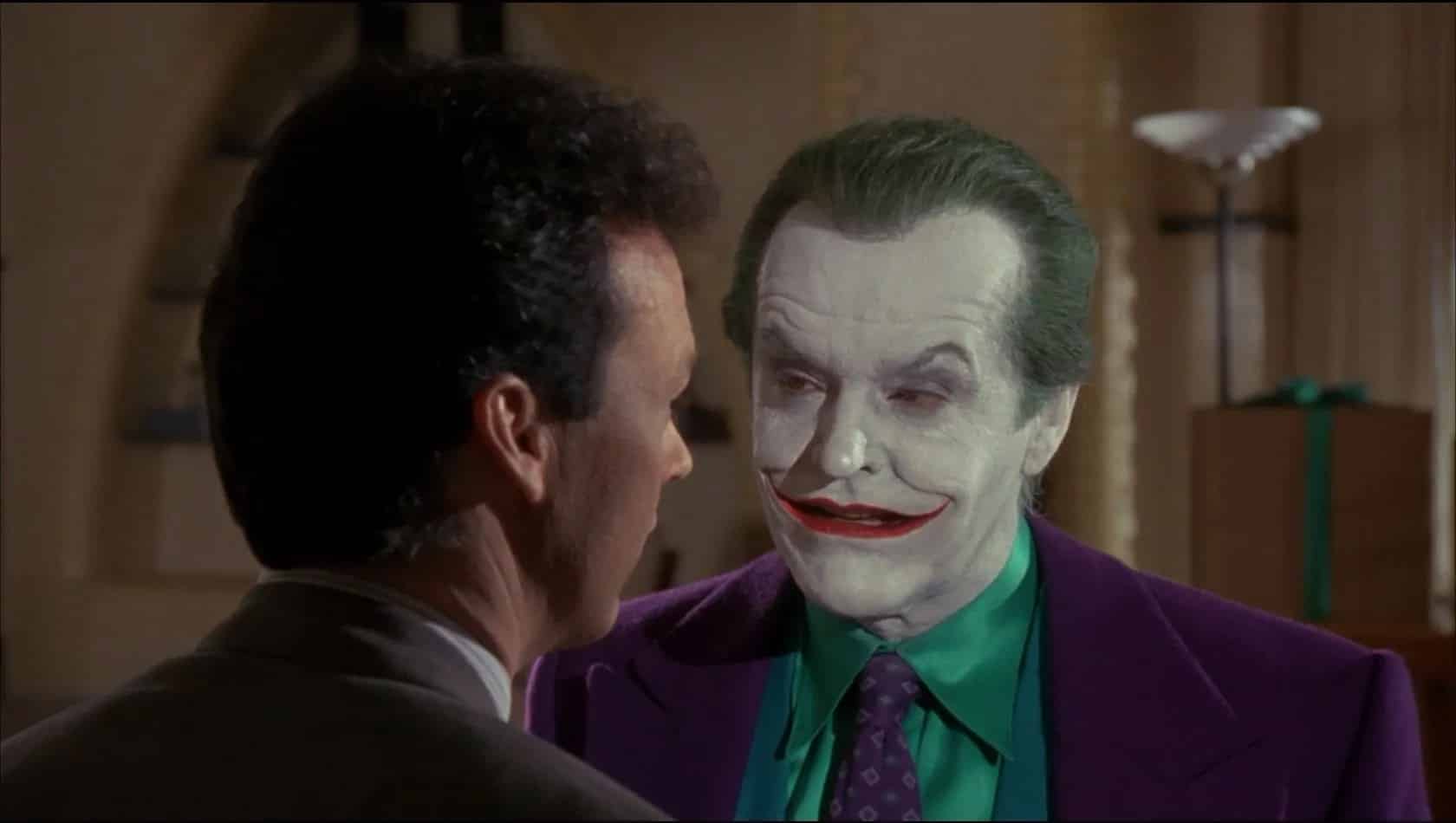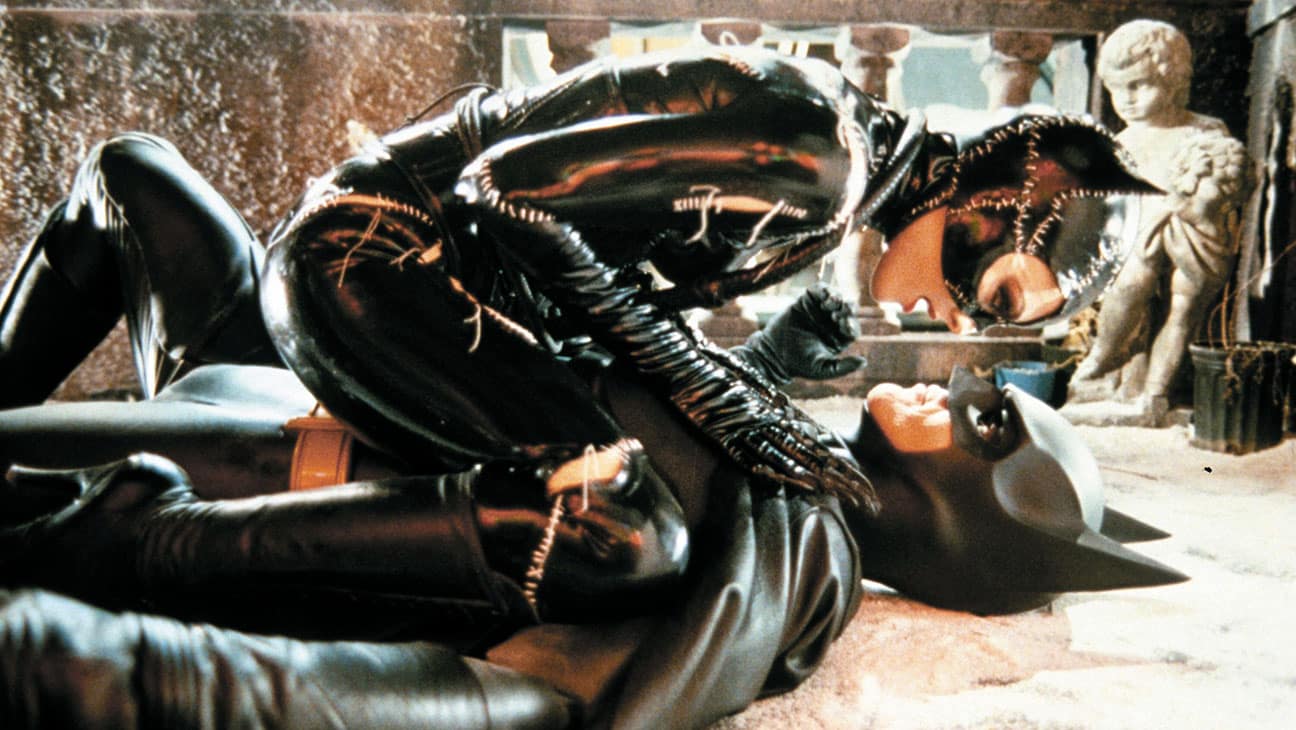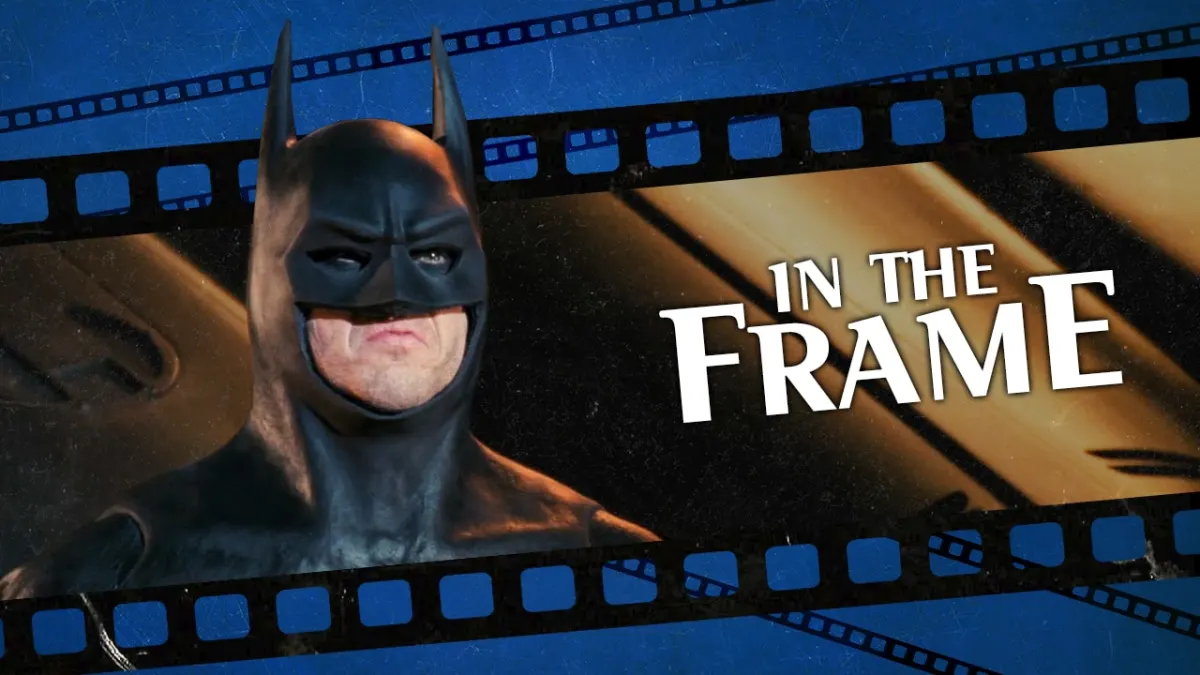Michael Keaton brought an incredible vulnerability to the Caped Crusader that is Batman.
In 1989, Keaton’s casting was controversial. The actor didn’t exactly scream “superhero.” At 5’ 9”, Keaton doesn’t cut a particularly imposing figure. (For comparison with other live-action Batmen, Adam West was 6’ 2”, while both Val Kilmer and Christian Bale are 6’ 0”.) More than that, Keaton’s career had largely been defined by off-kilter comedies like Night Shift, Mr. Mom, and Beetlejuice.
Given the overblown reaction from certain portions of the internet to the recent casting of actors like Robert Pattinson and Ben Affleck in the cape and cowl, it seems fair to suggest that Michael Keaton’s casting in that iconic role would be hugely controversial today. In fact, there was some backlash at the time, with fans circulating petitions and writing angry letters protesting his casting.
Indeed, Keaton’s work in both Batman and Batman Returns was sorely undervalued for an extended period. One of the stock criticisms of Tim Burton’s two Batman films was that they tended to place more emphasis on the colorful villains like the Joker (Jack Nicholson) or the Penguin (Danny DeVito) and that Keaton was consistently overshadowed by his more flamboyant co-stars.
This criticism is not entirely unfair. Keaton notably took second billing to Nicholson on Batman, in large part thanks to a savvy deal negotiated by Nicholson that remains one of the most generous in Hollywood history. As played by Keaton, Bruce Wayne seems to exist largely as a straight man to the more colorful characters that populate Anton Furst’s hyper-stylized Gotham.

However, rewatching Batman and Batman Returns 30 years later, Keaton’s performance has aged remarkably well. He offers an appreciably distinct vision of the Caped Crusader, an iteration that stands apart from those offered by other actors like Adam West or Christian Bale. This version of Bruce Wayne feels more fully formed and nuanced than audiences acknowledged at the time.
Batman and Batman Returns are undeniably Tim Burton films, much as the three films in the Dark Knight trilogy are undeniably Christopher Nolan films or that Batman vs. Superman is undeniably a Zack Snyder film. Batman Returns fits as easily in Burton’s Christmas Trilogy with Edward Scissorhands and The Nightmare Before Christmas as it does within the larger Batman franchise.
Batman and Batman Returns are anchored in Burton’s recurring thematic preoccupations. Burton is deeply engaged with the idea of “otherness,” fascinated by freaks and weirdos. Discussing eccentric outsiders like Edward Scissorhands (Johnny Depp) or Pee-Wee Herman (Paul Reubens), Burton conceded, “I feel very close to those characters. I really do. I feel like they are mutated children.”
The Joker and the Penguin naturally fit within that framework. Both villains would feel right at home in the circus aesthetic that informs so much of Burton’s work from Big Fish to Dumbo: The Joker is a monstrous clown, while the Penguin is a sideshow freak who runs a murder circus. This explains why Burton’s Batman films are so drawn to these characters, why they seem to dominate the films.
However, this is what makes Michael Keaton’s performance so compelling. In Batman and Batman Returns, the title character is an inversion of that classic Burton dynamic. As played by Keaton, Bruce Wayne feels like a normal person who desperately wants to be a freak, a wealthy and lonely man who has built an elaborate mechanism to express his inner freak.

One of the big debates around the characterization of Batman is whether the murder of Martha and Thomas Wayne forced Bruce to grow up too soon or whether it arrested his development by trapping him in a perpetual childhood moment. Keaton’s performance leans towards the latter interpretation. His version of Bruce evokes Peter Pan, a child who never had to grow up.
The films play up the elaborate absurdity of the insulated world Bruce has built for himself. The opening sequences of Batman Returns seem to imply that Bruce just sits around his giant empty mansion, waiting for the Bat Signal to justify his transformation into Batman, with a set of spotlights and mirrors designed for no greater purpose than projecting the signal into his study.
Other iterations of the Batman mythos like The Animated Series or the Dark Knight trilogy imply that Bruce Wayne consciously cultivates a playboy persona for himself in order to distract from his vigilantism. In contrast, Keaton’s performance suggests that the character’s insecurity and awkwardness are not an elaborate act, but instead an expression of who Bruce really is.
In both Batman and Batman Returns, Bruce stumbles like a dazed teenager when trying to engage with women like Vicki Vale (Kim Basinger) or Selina Kyle (Michelle Pfeiffer) as a billionaire playboy. “We’ve met,” he tells Selina. Then he apologizes, “No, I’m sorry. I mistook me for somebody else.”
Burton is not interested in the psychological approach to Bruce Wayne that Christopher Nolan would later adopt with Batman Begins. Instead, he adopts a more abstract approach. This version of Bruce Wayne is a child playing make believe, who manifests his own weirdness by dressing up as a bat. At one point in Batman, Vicki wakes up to find Bruce sleeping suspended upside down.

Batman Returns heavily and repeatedly implies that Bruce is jealous of the Penguin and that this motivates his mistrust of the villain. After all, Max Shreck (Christopher Walken) makes a point to suggest that Bruce has a lot in common with the Penguin. “If his parents hadn’t 86’ed him, you’d have been bunkies at prep school,” Shreck boasts.
As Batman obsesses over the Penguin, Alfred (Michael Gough) pointedly asks, “Must you be the only lonely man-beast in town?” When the Penguin and Batman come to blows at the climax of the film, the Penguin taunts him, “You’re jealous because I’m a genuine freak, and you have to wear a mask!” Batman wryly concedes, “You might be right.”
Batman Returns juxtaposes Batman and the Penguin, by presenting Oswald Cobblepot as a freak who aspires towards a life of wealth and privilege in contrast to Bruce Wayne as a “gold-plated bachelor” who wants nothing more than to be a freak. There’s a perverse poignancy to this interpretation of the character, a tenderness distinct from other approaches to Batman.
This characterization of Bruce Wayne isn’t simply unique in terms of the larger Batman franchise; it also offers an interesting spin on an established Tim Burton template. Many of Tim Burton’s movies, from Ed Wood to Dark Shadows, are about outsiders trying to carve a space in the world, so it’s interesting that Batman and Batman Returns are built around an insider trying to break out.
The past few years have seen deserved acknowledgement of Michael Keaton’s work on Batman and Batman Returns. In 2014, Keaton playfully riffed on his star persona in Birdman or (The Unexpected Virtue of Ignorance), earning an Oscar nomination for playing an actor who played an iconic superhero. In 2017, Spider-Man: Homecoming winkingly cast Keaton as “the Vulture.”

This week, there were rumors that Keaton might reprise his role as an older Bruce Wayne in the DCEU, reportedly playing an older mentoring role similar to that of Nick Fury in the MCU. It feels like a long overdue acknowledgement of the importance of Batman and Batman Returns in paving the way for modern superhero blockbusters, but it also feels like validation of Keaton himself.
For all its weirdness and eccentricities, there’s an engaging vulnerability to Keaton’s take on Bruce Wayne. In his own unique way, this version of Batman feels more human than some other interpretations. More than any other cinematic adaptation of the character, Keaton’s Batman feels like a child who never grew up and who has built himself a fantasy in which he might live.
Later live-action Batman adaptations approach the Dark Knight in a more literal and more grounded manner. However, there’s a lot to recommend Michael Keaton’s more eccentric interpretation of the Caped Crusader. Batman’s strength has always been his versatility, and Keaton brought something genuinely new and compelling to a beloved cultural icon.
Even 30 years later, there hasn’t been anything else like it.






Published: Jun 26, 2020 11:00 am